Platelet-Rich Plasma (PRP) therapy has gained significant popularity in recent years as a minimally invasive treatment option for knee joint issues. This innovative approach leverages the body’s natural healing process by using concentrated platelets derived from the patient’s own blood to promote tissue repair and reduce pain. PRP Injections for knees in Abu Dhabi offer a promising solution for individuals seeking alternatives to surgery or prolonged medication use, aiming to restore mobility and improve quality of life.
Understanding PRP Therapy and Its Mechanism
What is PRP Therapy?
PRP therapy involves drawing a small amount of blood from the patient, which is then processed to separate the platelet-rich plasma from other blood components. This concentrated plasma, rich in growth factors, is injected directly into the knee joint or surrounding tissues. The goal is to stimulate healing, reduce inflammation, and enhance tissue regeneration, thereby alleviating symptoms associated with degenerative or traumatic knee conditions.
How Does PRP Promote Healing?
The key to PRP’s effectiveness lies in its ability to release growth factors that trigger cellular repair mechanisms. These growth factors encourage the formation of new blood vessels, stimulate cartilage repair, and modulate inflammation. As a result, patients often experience reduced pain, improved joint function, and increased mobility over time.
Benefits of PRP Injections for Knees
Natural and Biocompatible Treatment
Since PRP utilizes the patient’s own blood, the risk of adverse reactions or allergic responses is minimal. This biocompatibility makes it a safe choice for many individuals seeking a natural treatment option.
Minimally Invasive Procedure
Compared to surgical interventions, PRP injections are less invasive, typically requiring only local anesthesia and a short recovery period. This allows patients to resume daily activities sooner and with less discomfort.
Potential for Long-Lasting Relief
While individual results may vary, many patients experience sustained symptom relief months after the treatment. The regenerative effects of PRP can contribute to long-term improvements in joint health.
Versatility in Treating Various Knee Conditions
PRP therapy is effective in managing a range of knee issues, including osteoarthritis, meniscal tears, ligament injuries, and other degenerative conditions. Its versatility makes it a valuable option for different patient needs.
The Process of Receiving PRP Injections
Consultation and Assessment
The journey begins with a thorough assessment by a qualified healthcare provider. During this phase, the patient’s medical history, knee condition, and treatment goals are evaluated to determine suitability for PRP therapy.
Blood Collection and Processing
A small blood sample is drawn, typically from the arm, and then processed using a centrifuge to isolate the platelet-rich plasma. This process usually takes 15-20 minutes.
Injection Procedure
The prepared PRP is injected into the targeted area of the knee under ultrasound guidance to ensure precise placement. The procedure is generally quick, lasting around 30 minutes, and may be combined with other supportive therapies.
Post-Treatment Care
Patients are advised to rest briefly after the injection and may receive specific instructions to optimize healing, such as avoiding strenuous activities for a few days. Follow-up sessions might be scheduled based on individual progress.
What Results to Expect from PRP Injections for Knees
Short-Term Improvements
Many patients notice a reduction in knee pain and swelling within a few weeks following treatment. These early improvements are often attributed to decreased inflammation and initial tissue response.
Long-Term Benefits
Over several months, the regenerative processes stimulated by PRP can lead to improved cartilage health, enhanced joint stability, and greater mobility. The extent and duration of these benefits depend on the severity of the condition, the number of sessions, and individual healing capacity.
Realistic Expectations
While PRP therapy offers promising outcomes, it is essential to understand that results can vary. Some individuals may experience significant relief and functional improvements, whereas others might require additional treatments or alternative therapies for optimal results.
Factors Influencing Treatment Outcomes
Severity of Knee Condition
Patients with early-stage degenerative changes often respond better to PRP therapy compared to those with advanced osteoarthritis or significant tissue damage.
Number of Sessions
Multiple injections spaced over several weeks may enhance the therapeutic effect, especially in chronic cases. The treatment plan is usually tailored to the patient’s specific needs.
Lifestyle and Post-Treatment Care
Engaging in recommended physical therapy, maintaining a healthy weight, and avoiding excessive strain on the knees can maximize the benefits of PRP therapy.
Comparing PRP with Other Knee Treatments
Advantages over Conventional Therapies
Unlike corticosteroid injections, which may provide short-term relief but can weaken tissues over time, PRP promotes natural healing and tissue regeneration. It also avoids the systemic side effects associated with long-term medication use.
Complementary Role
PRP can be integrated with other conservative treatments such as physical therapy, weight management, and ergonomic adjustments to enhance overall outcomes.
Ensuring Optimal Results with PRP Therapy
Choosing the Right Provider
Selecting a qualified and experienced healthcare professional is crucial for the success of PRP therapy. Proper technique and adherence to protocols ensure safety and efficacy.
Personalized Treatment Plans
Each patient’s knee condition is unique; therefore, a tailored approach considering individual health status, activity level, and treatment goals yields the best results.
Follow-Up and Maintenance
Regular follow-up appointments allow for monitoring progress and deciding if additional sessions are necessary to sustain or improve the therapeutic benefits.
FAQs About PRP Injections for Knees
Q1: How many PRP injections are typically needed for knee treatment?
A: The number varies depending on the severity of the condition, but most patients undergo a series of 1 to 3 injections spaced several weeks apart to achieve optimal results.
Q2: Is PRP therapy suitable for all ages?
A: PRP is generally suitable for adults of various ages, especially those with early to moderate knee degenerative conditions. A thorough assessment by a healthcare professional can determine individual suitability.
Q3: How long does it take to see improvements after PRP injections?
A: Some patients notice initial relief within a few weeks, with more significant improvements typically observed over 3 to 6 months as tissue regeneration progresses.
Q4: Can PRP injections be combined with other knee treatments?
A: Yes, PRP therapy can be effectively combined with physical therapy, lifestyle modifications, and other conservative measures for comprehensive knee care.
Conclusion
PRP Injections for knees Abu Dhabi represent a cutting-edge, natural approach to managing knee pain and degenerative conditions. By harnessing the body’s own healing capacity, this treatment offers a minimally invasive alternative that can lead to meaningful improvements in joint function. Understanding the realistic outcomes of PRP therapy empowers patients to make informed decisions about their knee health.

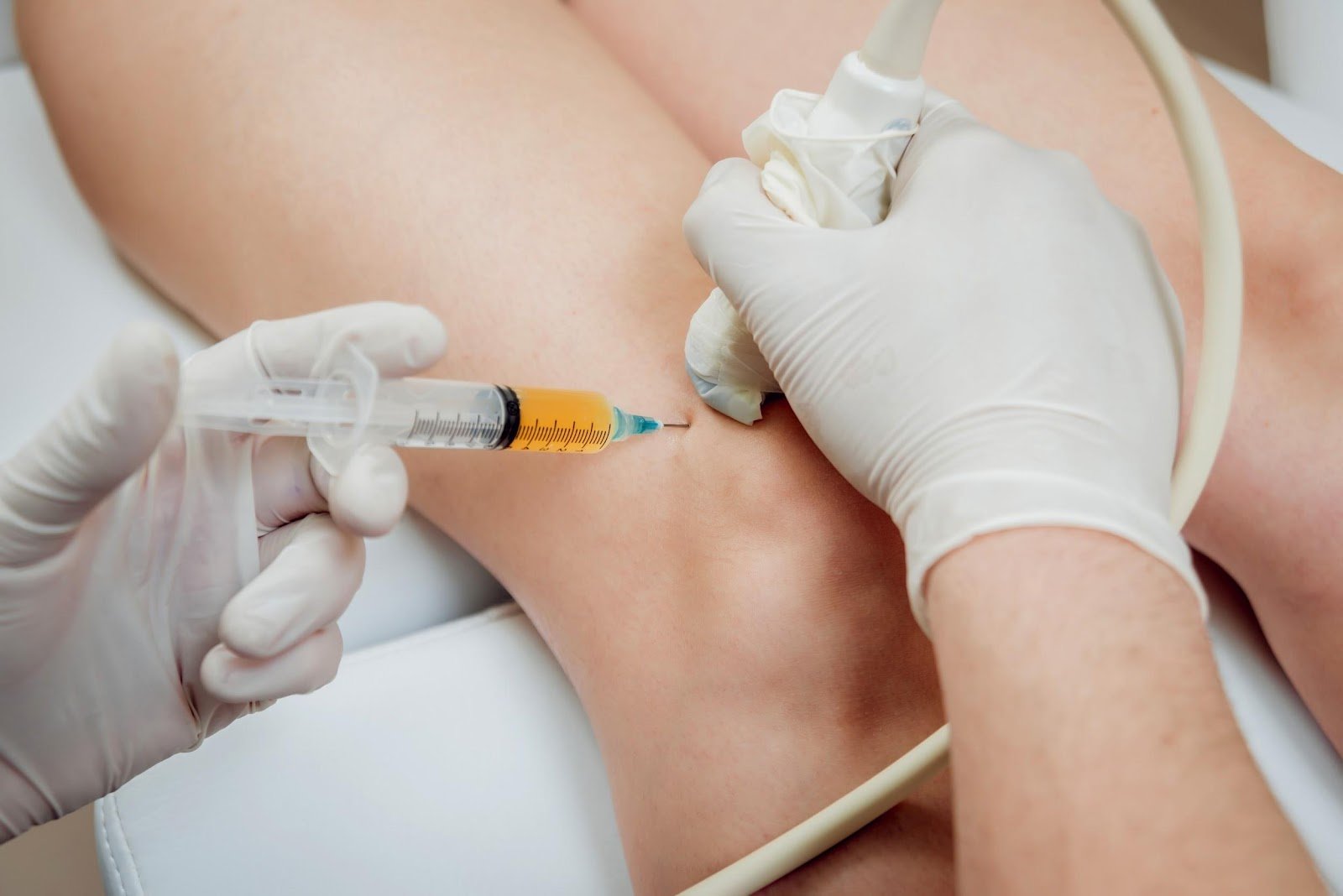
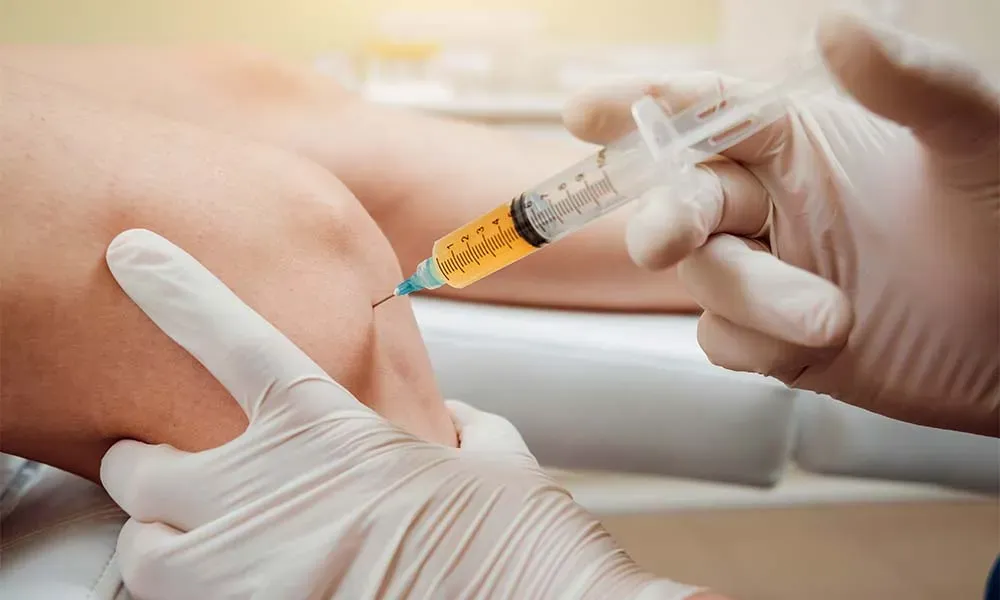

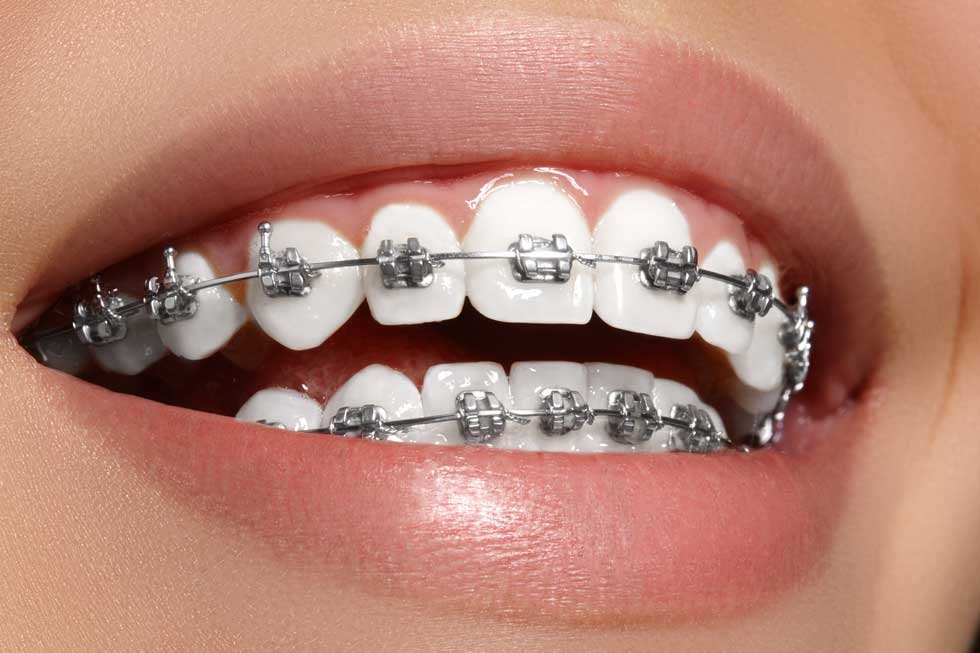
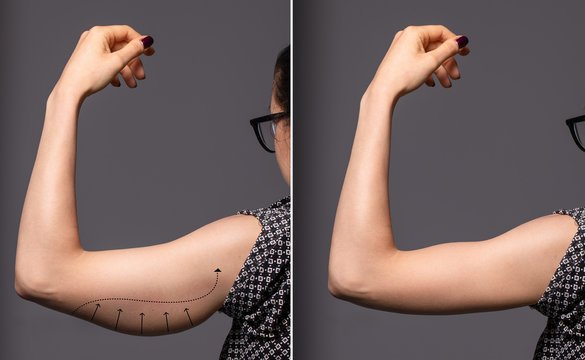


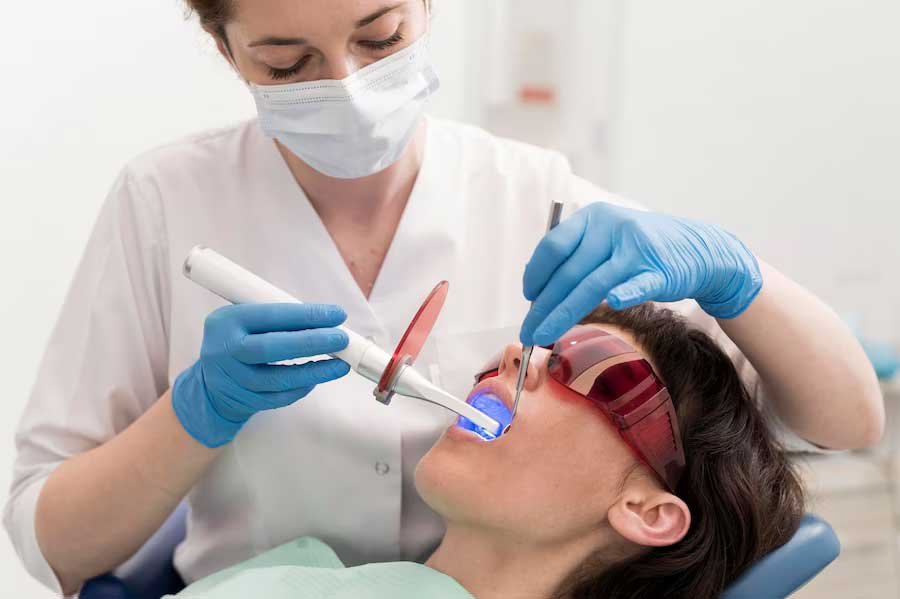

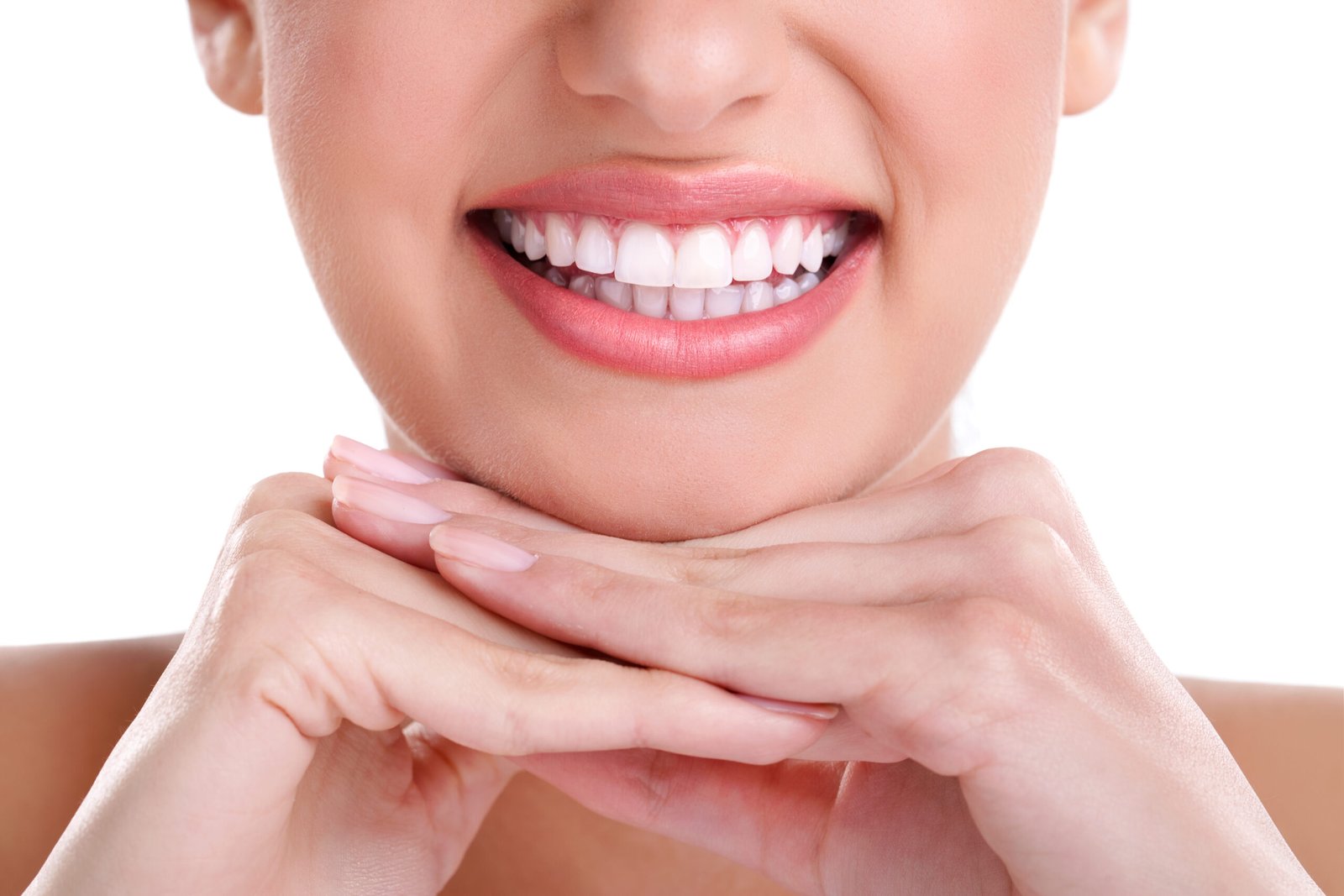
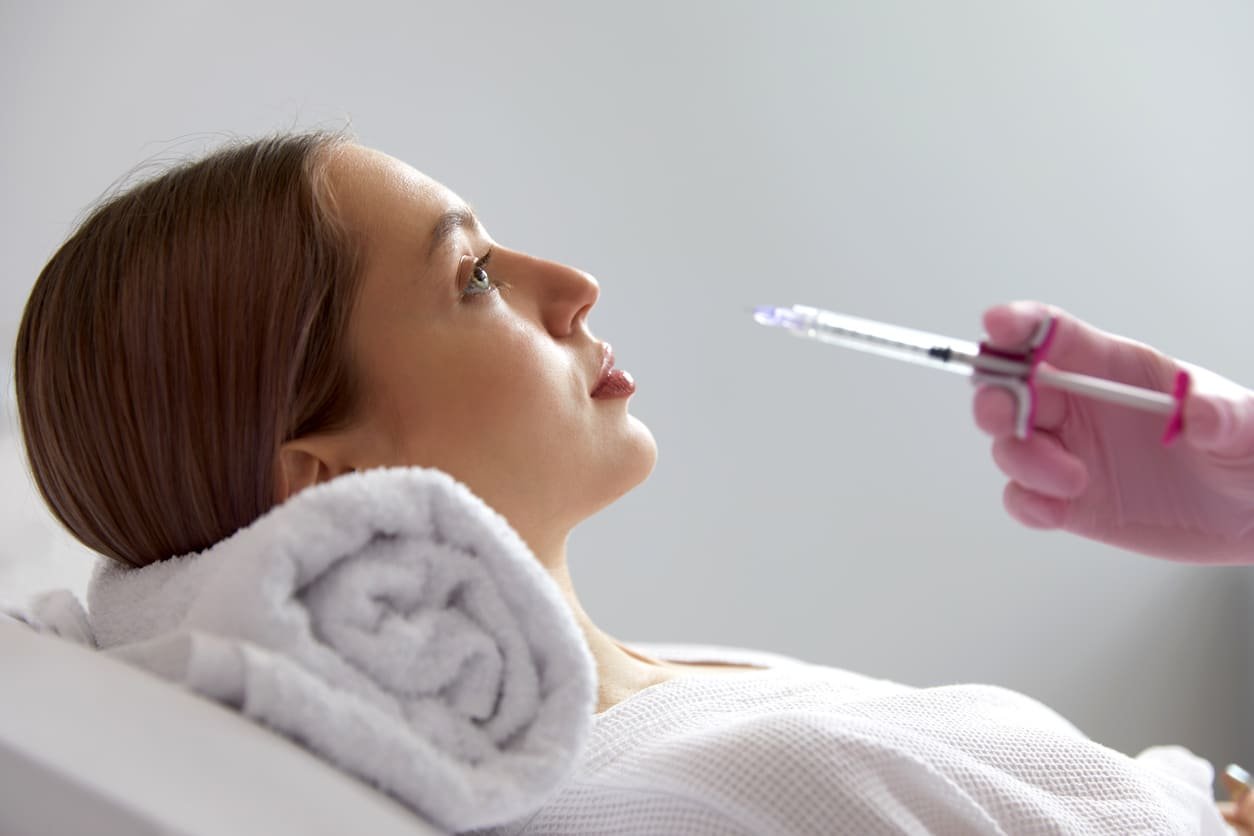


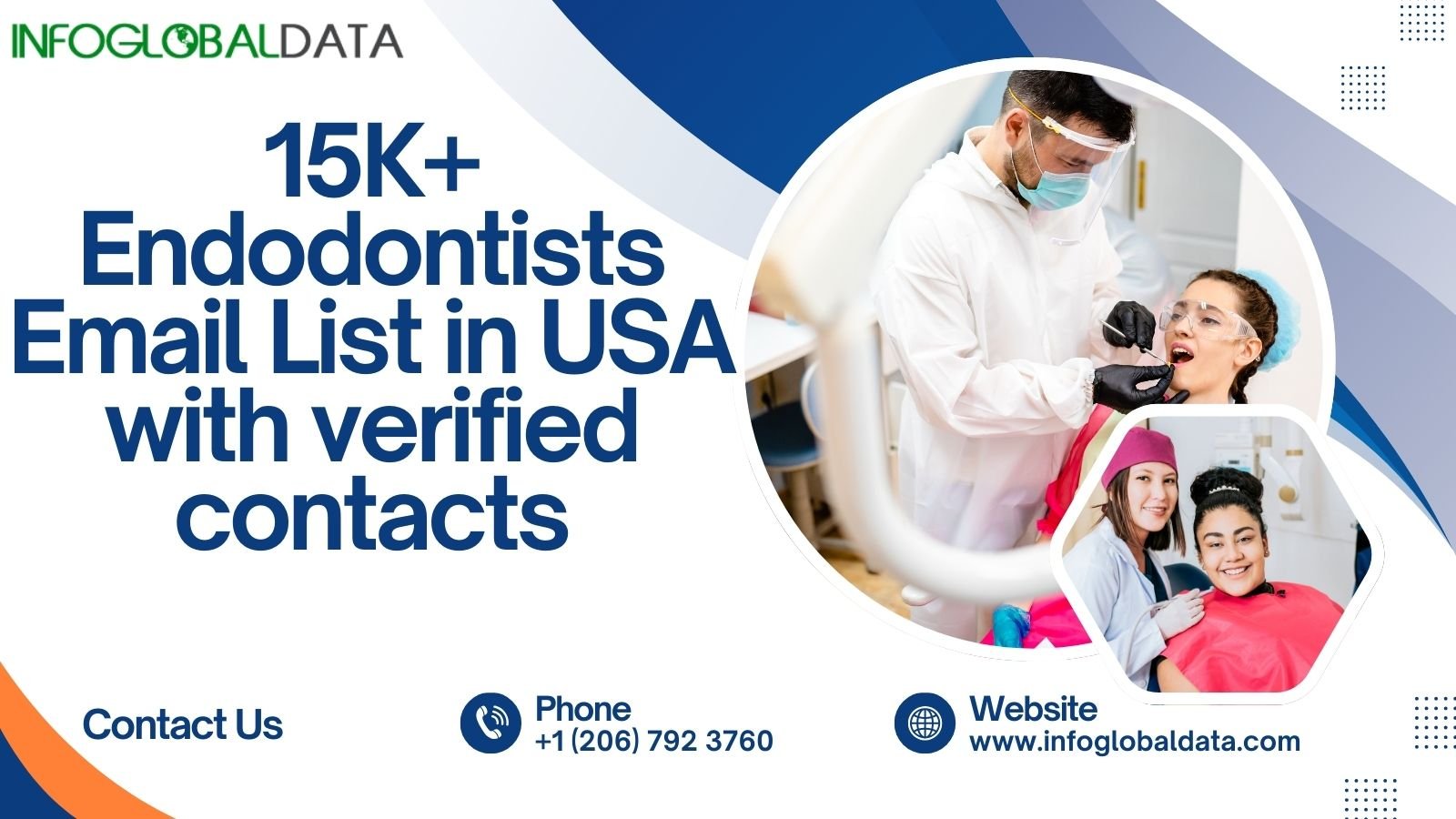

Leave a Reply